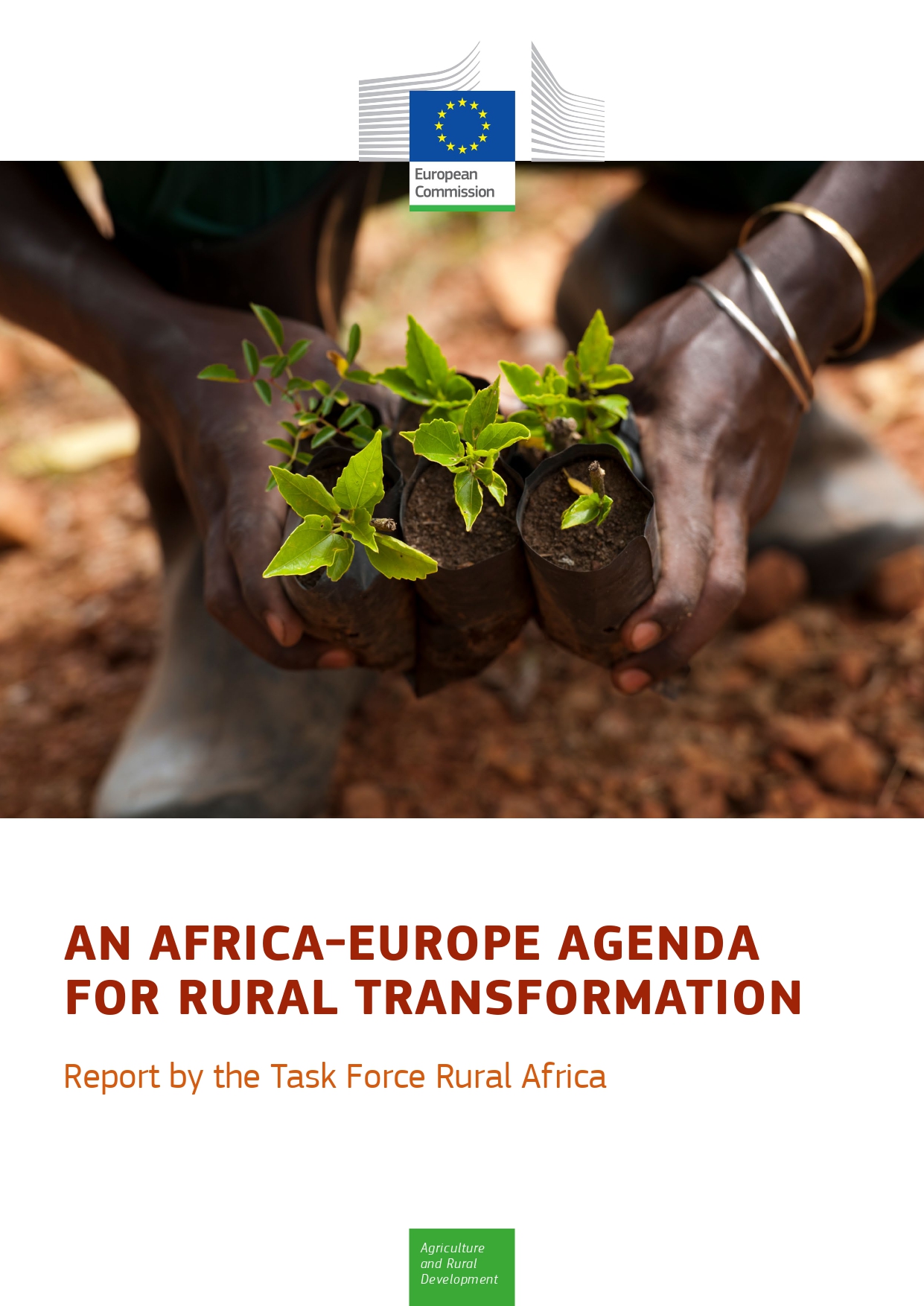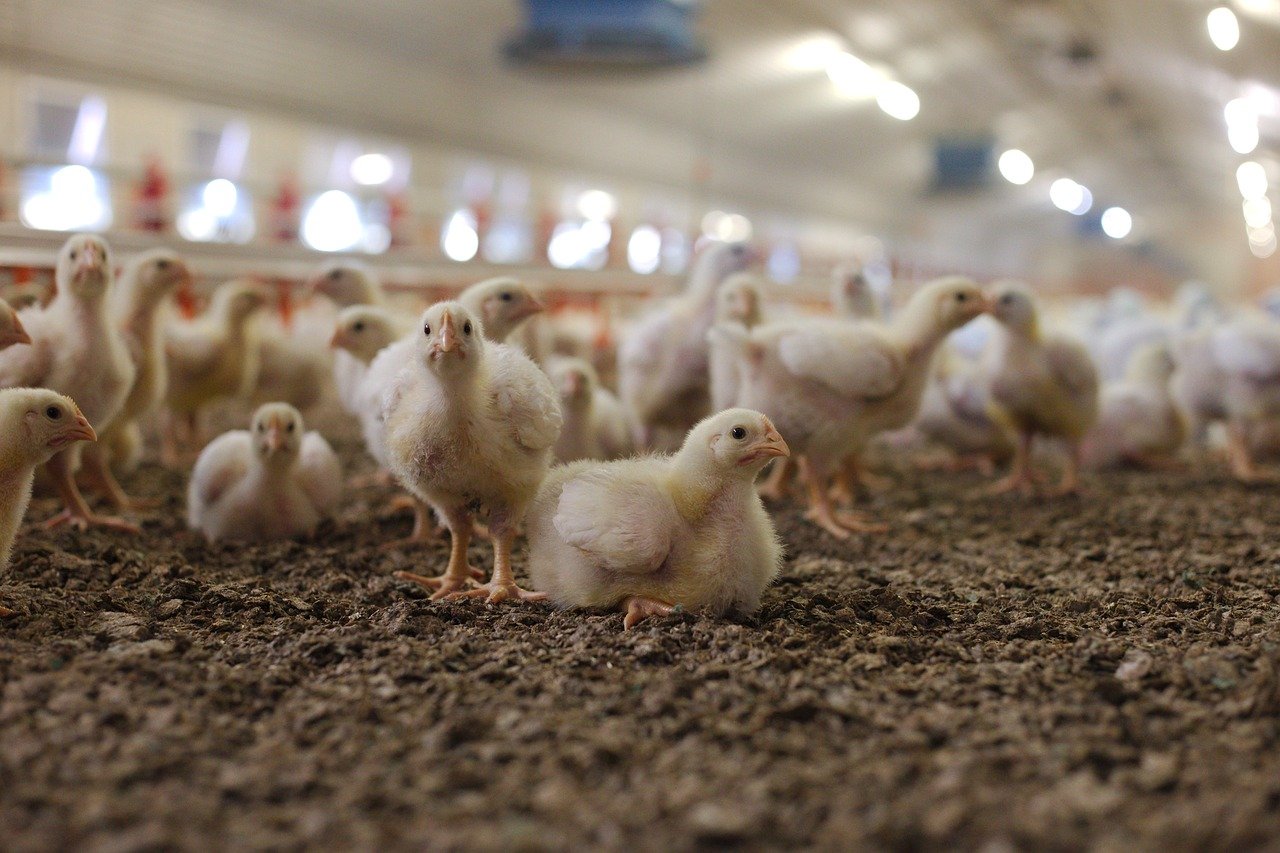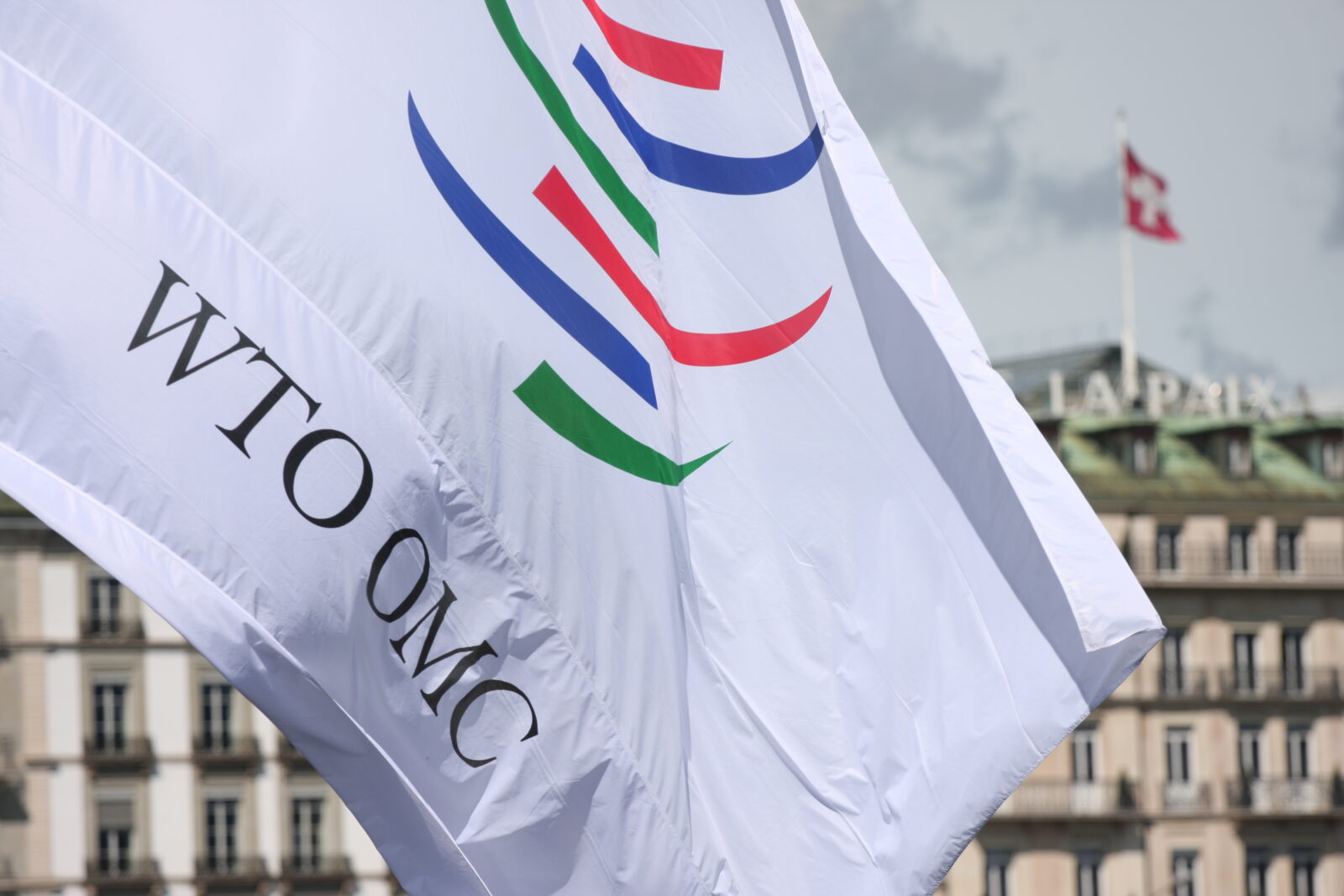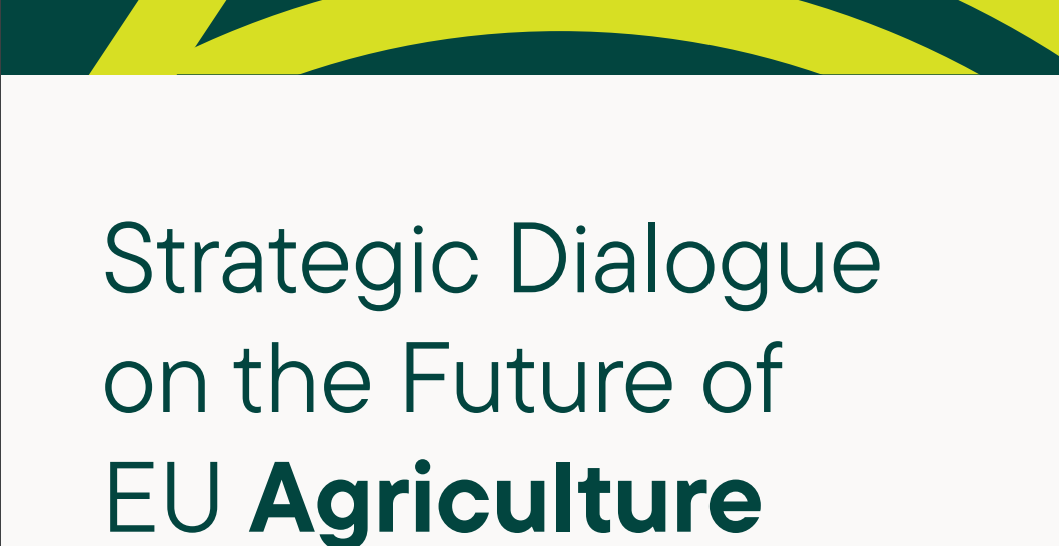
The management of migratory flows is a topic at the top of the European political agenda. Beyond emergency measures, the root causes of this phenomenon are questioned and the lack of coherence between Community policies has been denounced by different non-governmental organizations1. The promotion of trade agreements aimed at reducing trade barriers between the European Union and African countries is particularly blamed for the pressure it exerts on the economic policies of the latter.
In order to provide answers to these issues between Europe and the African continent, the European Commission set up a group of experts entitled “Rural Africa” chaired by Irish economist and former director Tom Arnold. IIEA (Institute of International and European Affairs), a think tank close to the Irish government. Its mission: to make proposals to feed the new alliance between Africa and Europe announced by President Juncker in his latest State of the Union Address in the run-up to the next ministerial conference between the African Union and the European Union in June 2019.
Certainly, the creation of this working group in itself confirms the need to jointly address the issues of migration, economic development and agriculture, which is salutary. For all that, apart from some accents, notably on family farming (p.44) and on the limits of insurance in agriculture (p.49), the report is rather disappointing in its content. It is even rather indicative of the dominant position in Brussels on agriculture: increased trade is an end in itself, increased access to financial markets means to produce more and connection to international value chains means to export more.
Given the historical ties linking the two continents, it was expected to find an analysis of the evolution of their economic relations. This is not the case. The questioning of the Lomé Convention which offered preferential access to a European market then less subject to the dumping of international prices is not mentioned. Reporting that African countries are the biggest outlet for European agri-food (31% of European exports), that they concentrate 40% of foreign investment flows abroad and that 55% of development aid since the European bloc is bound for Africa (23 billion per year), this report only partially illuminates a more than paradoxical situation: whereas 805 million additional jobs would be necessary to answer the African demographic challenge in 2050 and it is estimated that between 250 and 460 million hectares are available for agriculture, Africa is now a net importer of agricultural and agro-food products.
In addition, the report does not really address the issues surrounding the coherence of Community policies. On the CAP, we stick to the reform of 1992, which has reduced the use of export subsidies, but criticisms currently made of decoupling aid are not discussed as the structural volatility of international markets returned to their level of dumping for most productions. On trade policy, the importance of keeping accounts of productivity differentials and protecting infant industries is not mentioned, so that the establishment of a free trade agreement between the EU and the EU Africa is above all a goal and not a means.
Surprisingly, the opposition to the ratification of Economic Partnership Agreements (EPAs) between the EU and different African areas by countries like Nigeria is not mentioned, as is the risk that these agreements pose to fragile regional integration initiatives. like ECOWAS which is not even mentioned. Finally, there is no mention of examples of measures taken by various African countries to successfully increase, as in Cameroon or Ethiopia, production in certain sectors, even though networking and promotion local initiatives are widely promoted by the drafters of the report.
In the end, this report misses the point and shows again the shortcomings of economic strategies that are locked into a single supply logic rather than jointly considering supply and demand. Africa’s population growth will certainly be one of the main drivers of global growth by 2050, but as advocated by Marcel Mazoyer in particular, this growth will be all the more sustainable and a factor of security if we manage to emerge from the poverty trap and make these agricultural and rural populations solvent. Unfortunately, the European preference for the short-term deflation of agricultural prices contributes to emptying the countryside both in Europe and in Africa.
Frédéric Courleux, Director of studies for Agriculture Strategies
1 https://concordeurope.org/wp-content/uploads/2017/11/CONCORD_PrivateSector_Agriculture_2017_online.pdf?1fdb40&1fdb40












